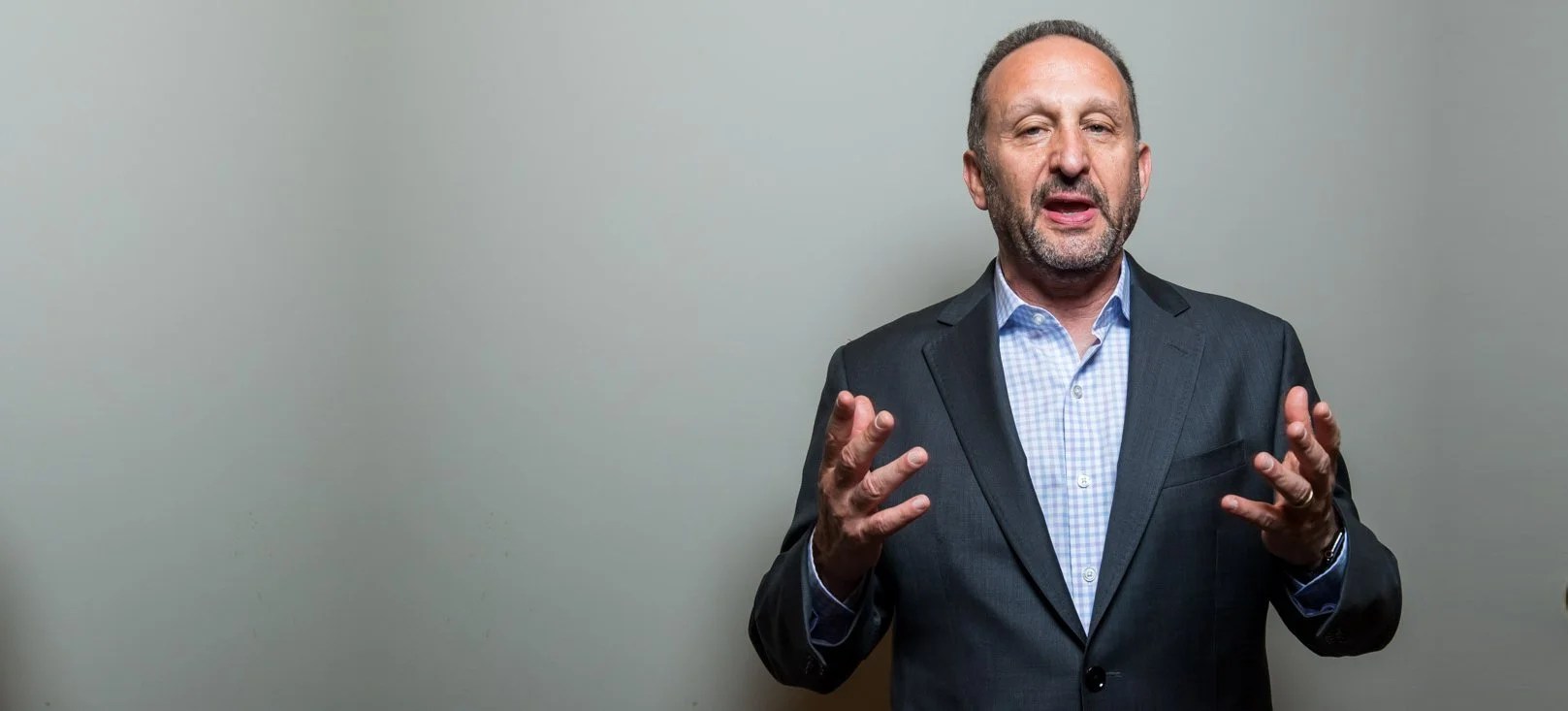Planning Rhythm
Back in my days as a management consultant, many years ago, part of the work I did was to help companies create three to five year strategic plans.
We would have eight or 10 people on the project, it would take us months to get done, it would cost hundreds of 1000s, if not millions of dollars to complete.
The result was beautiful, beautiful PowerPoint, lots of colors, nice binders, unbelievable analyses, deep questions being answered.
And yet, when we were done, I'm embarrassed to say, those documents, those beautiful binders, sat on a shelf and gathered dust.
Why do you think that is?
I know, it's because you didn't have the buy-in of the client. Wrong. We had the buy-in. We did everything right. We did it with the client, not to them.
They bought in to this plan even more than we as consultants did. I know it's because the plan wasn't detailed enough. No, it was crazy detailed.
I know it was because it didn't take into account economic factors. No, it took that into account.
Keep guessing.
The biggest reason why each one of those plans sat on a shelf and gathered dust is because three to five months after the plan was created, the world changed in ways no one could have predicted. So that plan sat on the shelf and gathered dust, because it should.
No one held each other accountable for executing on the plan. Because the plan didn't make sense anymore.
When's the last time you created a three year plan for your company? Some companies never do that for exactly the reason I'm bringing up now, the reason I tell you about my experience from way back in my management consulting days is not to tell you you don't need a long term plan. But it's to tell you the way most companies do it is broken.
You need to understand if you're going from point A to point B, you need to understand where point B is. And Point B is not necessarily 90 days out or a year out, it may be three, five, 10 years out. So it's important to have that long range plan.
But here's the difference.
The difference is that plan needs to be a living, breathing plan.
You need a planning rhythm, where every year you are looking out three years, five years 10 to 15 year big, hairy, audacious goal and either creating or confirming that you've got the right plan. And then every quarter, you need to plan the next 90 days and confirm that long range plan still make sense?
If back in the day, we did that. With those beautiful binders and all the beautiful colorful analysis. If we made it a living, breathing plan, if we tweaked and adjusted that plan, every 90 days, the millions of dollars they spent the many months of time they invested would have been all worthwhile.
So what is your planning rhythm?
Do you have a three year plan, a 10 year plan, a 15 year plan?
How often are you looking at that plan?
Do you have quarterly priorities and quarterly targets to help make sure you're moving things forward?
Or are you waiting until some magical day when you think the time is right to create a long term plan, but right now we've got to focus on execution.
The time is right now. What is your planning rhythm? And how are you going to execute on it?

